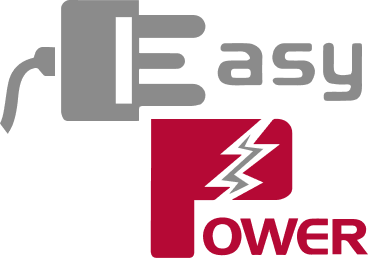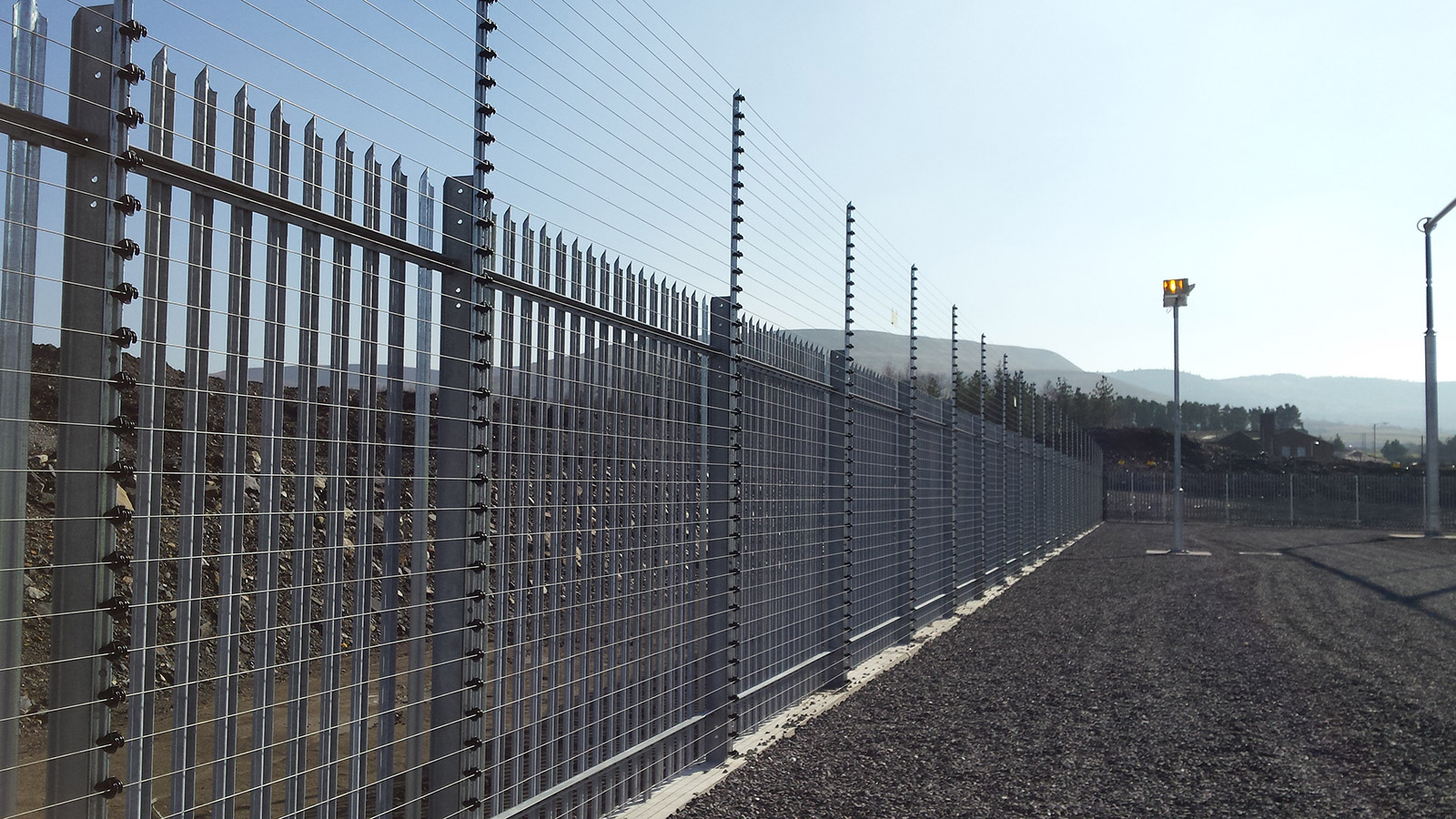A Comprehensive Guide to Installing an Electric Fence in Uganda
Property owners and livestock producers in Uganda are looking for dependable solutions to secure their assets as the need for stronger security measures grows. Electric fences have emerged as a strong choice in the hunt for security. Electric fences provide a dependable technique of protecting properties and livestock from attackers by providing both deterrence and ease of installation.
Uganda, noted for its stunning landscapes and rich agricultural business, is facing issues such as trespassing, theft, and predator attacks. These problems can result in severe financial losses and affect the welfare of livestock. Individuals, on the other hand, might take proactive actions to protect their investments by installing an electric fence.
Determining the Distance Between Electric Fence Posts

It is essential to calculate the right distance between fence posts to ensure the effectiveness and stability of an electric fence. The distance between electric fence posts is determined by a number of criteria, including the type of fence, its purpose, and the terrain on which it will be built.
Let’s look into these factors and offer some general guidelines.
- Fence Type:
The spacing between posts will be influenced by the type of electric fence you choose. The recommended distance between posts for livestock containment, such as cattle, is normally 3 to 5 meters (10 to 16 ft). This gap ensures that the wires are properly tensioned and prevents sagging or breaking under strain. However, with a security perimeter fence, particularly for smaller animals such as chickens or pets, a closer spacing of 1 to 2 meters (3 to 6 feet) may be more successful in deterring attackers. - Fence Purpose:
When deciding on post spacing, keep the function of the electric fence in mind. If the primary purpose is to keep cattle from escaping, a wider post spacing can be used. However, if the goal is to keep predators out or to secure precious items, closer post spacing may be required. Understanding the fence’s specific purpose will allow you to make smart spacing recommendations. - Terrain:
The geography of the land influences the distance between electric fence posts. Wider post spacing can be employed if the terrain is relatively flat and even. If the soil is uneven or steep, however, closer post spacing is required to maintain optimum tension and prevent animals from entering vulnerable regions.
It is important to note that the initial and last posts of the electric fence line should be more securely secured than the intermediate posts. These anchor pillars add solidity to the fence and keep it from shifting or collapsing under strain.
When choosing post spacing, remember to reference local legislation and requirements particular to your area. Local professionals, such as electric fence installers or agricultural extension agents, can offer useful insights and recommendations based on Uganda’s unique characteristics.
Supplying Power to an Electric Fence

There are several alternatives available in Uganda for powering an electric fence. While solar-powered energizers are frequently recommended due to their low cost and sustainability, electric energizers can also be a feasible option, depending on your specific needs and the availability of electricity in your location.
Let’s look at electric energizers and how they can be used to power your electric fence.
- Electric Energizers:
Electric energizers transform electrical energy from a power source into high-voltage pulses that power the electric fence. They are often linked to a mains power supply, providing a consistent and dependable source of electricity. Electric energizers come in a variety of sizes and power capabilities to fit varied fence lengths and animal species. - Power Supply Options:
A dependable electrical connection is required to power an electric energizer. This can be accomplished by either attaching the energizer to a conventional power outlet or by using a dedicated electric fence energizer circuit. It is critical that the power source be stable, appropriately grounded, and complies with local electrical safety regulations. - Considerations:
When opting for electric energizers, there are a few considerations to keep in mind:
a. Power Availability: Before selecting an electric energizer, consider the availability and accessibility of electricity in the area where you wish to install the fence. To avoid long electrical cable runs and needless costs, keep the power source within a reasonable distance of the fence.
b. Power Backup: It is advisable to have a backup power solution in place in areas prone to power outages or where the electrical supply may be inconsistent. This may entail employing battery backup devices or purchasing a generator to ensure that the electric fence receives uninterrupted power supply.
c. Electrical Safety: It is critical to emphasize electrical safety when working with electric energizers. Make certain that the energizer is installed and connected by a skilled electrician who follows local electrical rules and safety standards. Electric fence system grounding is vital for protecting both humans and animals from electrical risks.
Remember to speak with electric fence specialists or electrical experts to discover the best power supply solution for your individual needs and conditions.
Although electric energizers require a consistent mains power source, they might be a dependable option for powering your Ugandan electric fence. Now that we’ve tackled power supply issues, let’s get into the precise stages required in erecting an electric fence for cattle.
Installing an Electric Fence for Cattle

Installing an electric fence for livestock in Uganda requires careful planning and attention to detail. You may effectively control and safeguard your valuable animals by following these step-by-step guidelines.
- Fence Line Preparation:
a. Begin by marking the appropriate fence line using posts and twine. This will be used as a guide for installing the fence posts.b. Clear any plants or impediments along the fence line to enable an unimpeded installation.
- Selecting Fence Posts and Wires:
a. Choose robust fence posts made of long-lasting materials like wood or metal. The posts’ height should be appropriate for holding livestock, often 1.2 to 1.5 meters (4 to 5 feet).b. Select high-quality electric fence wires that are specifically built for animal containment. Consider utilizing many strands of wire to boost effectiveness and keep animals from attempting to scale the fence.
- Setting the Fence Posts:
a. Dig fence post holes at regular intervals along the indicated fence line. For cattle, the spacing between posts should adhere to the required criteria, which are normally 3 to 5 meters (10 to 16 feet).
b. Insert the fence posts into the holes and firmly fix them with concrete, pebbles, or other suitable backfill material.
c. Ensure that the end and corner posts are more securely fixed to manage the wire tension.
- Attaching the Wires and Insulators:
a. Attach the electric fence wires to the fence posts using insulators beginning at one end of the fence line. Insulators keep the wires from coming into direct contact with the posts, allowing current to flow freely through the wires.b. Install and secure insulators at proper intervals, usually every 4 to 5 meters (12 to 16 feet).
c. Connect the wires to the insulators, maintaining adequate tensioning to keep the fence line taut. To obtain the desired tension, tensioners or strainers might be utilized.
- Installing Gates:
a. Plan and build appropriate gates along the fence line to allow simple access to the enclosed space. Gates can be built with materials comparable to fence posts and should be properly attached to ensure optimum performance. - Grounding the System:
a. Proper grounding is required for an electric fence to function properly. Grounding rods should be installed at regular intervals along the fence line and connected with grounding wire. The length and number of grounding rods are determined by the size of the electric fence system and the soil conditions. - Testing and Maintenance:
a. Once the installation is complete, use a fence tester to evaluate the electric fence system for correct operation and voltage levels. If necessary, change the energizer settings.b. Inspect the fence on a regular basis for any damage, vegetation growth, or loose wires. Trim vegetation and repair any problems as soon as possible to ensure the fence’s effectiveness.
Remember that your cattle’s safety is of the utmost importance. To ensure compliance and optimal animal care, become familiar with local rules and best practices for electric fences for livestock.
By following these installation methods and performing regular maintenance, you can create a strong electric fence system in Uganda that provides efficient containment and protection for your cattle.

Conclusion
Installing an electric fence for cattle in Uganda requires careful planning, adherence to guidelines, and consideration of livestock welfare. By following the steps outlined in this guide, you can create a secure and reliable enclosure that safeguards your cattle from trespassers and potential harm.
When it comes to electric fence installation in Uganda, Easy Power Company stands out as the go-to choice. With their expertise and experience, they have earned a reputation for delivering top-notch electric fence solutions. Their dedicated team of professionals ensures meticulous installation, using high-quality materials and adhering to safety standards. To get started on securing your property and protecting your cattle, contact Easy Power Company at ☎️ +256789931735.
Investing in an electric fence system not only protects your livestock but also offers peace of mind, knowing that your valuable assets are safeguarded. Remember to consult with professionals and experts in electric fence installation to ensure the optimal design and functionality of your system.
By taking proactive measures and implementing an electric fence, you can enhance the security and well-being of your cattle, contributing to a thriving agricultural industry in Uganda.
Now that you have a comprehensive understanding of installing an electric fence for cattle, you are well-equipped to embark on this transformative security solution.


